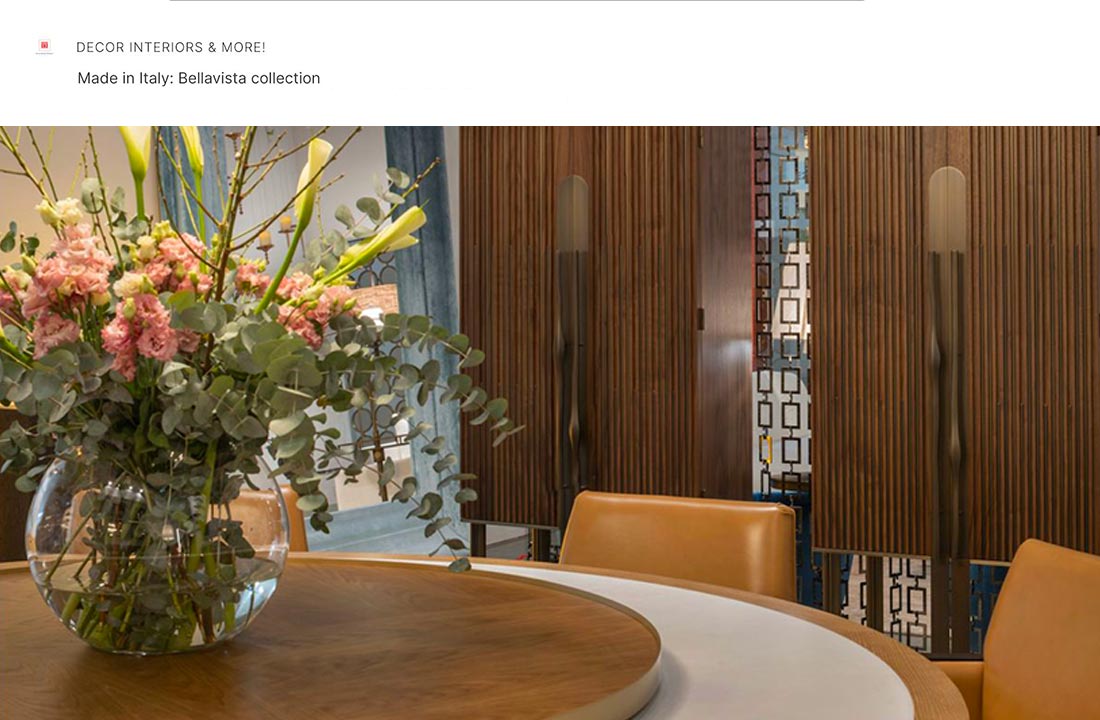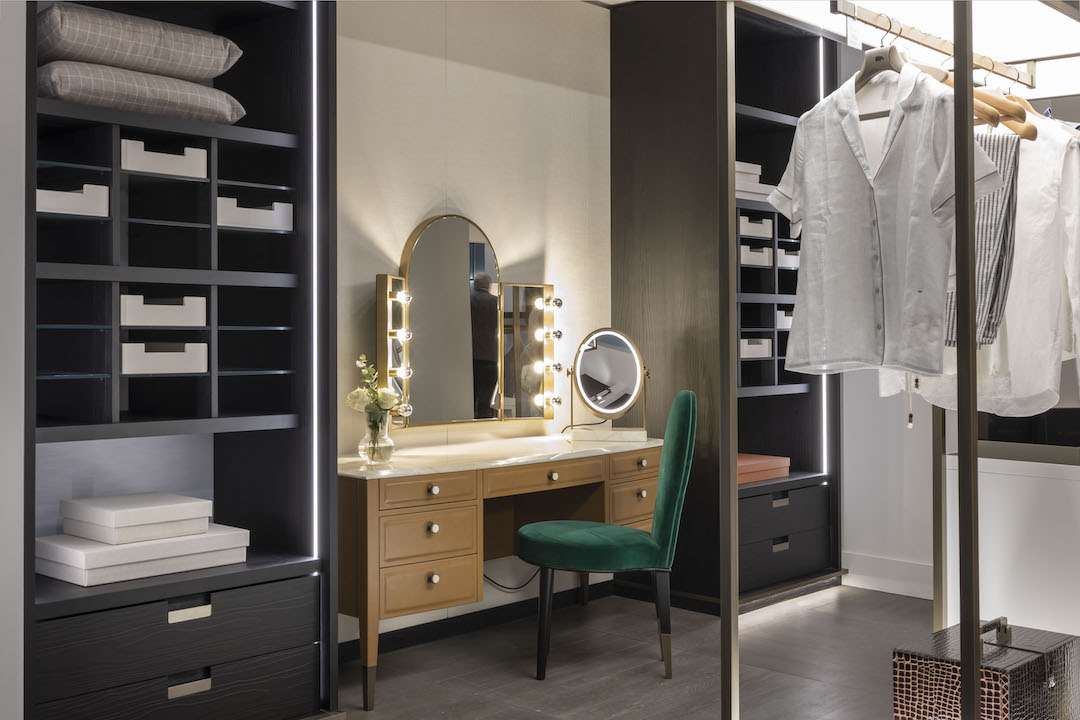Alternatives to Solid Wood in Furniture Making: Not Only for Cheaper Production
Consumers often think that high-end furniture like, for example, Italian luxury furniture, should be made of wood only. They tend to perceive artificial wood-based materials or non-wood ones only as cheaper alternatives to Its Majesty Wood. But it isn’t always so.
If you ask a material specialist or a technologist who knows all the ins and outs of furniture production, whether natural wood is better for making furniture than, say, plywood or fiberboard, you’ll never get ‘yes’ or ‘no’ answer. The answer you’ll be most likely to hear would be ‘it depends.’
And there is a reason for this.
Wood is better than any other material in many cases – but not always. There are occasions when quite opposite is true – something else fits the purpose better. So, asking whether wood is better for making furniture is like asking whether a car moves faster than a horse. It does… but only if the car isn’t broken, there is a road leading to the destination point, you have fuel and can drive.
Disadvantages of Using Solid Wood for Furniture Making
Contrary to the popular belief, sometimes solid wood isn’t the best choice.
Paradoxically, but being a natural material could be a drawback. Since a wooden board once was a tree, there are many creatures that still consider it food.
Such wood-destroying pests as termites, powderpost beetles, carpenter ants, and carpenter bees are pretty common in many areas. These insects or their larvae can easily damage wooden objects, including furniture, beyond repair – simply because the owner often notices something suspicious when it’s too late.
Natural wood is rather sensitive to environmental conditions. For example, when wooden furniture is exposed to direct strong sunlight, heat, or other extreme conditions, it might split along the grain of the wood. In moist conditions many kinds of wood become vulnerable to fungi and wet rot. Wood may also warp due to temperature variations and humidity. And, last but not least, wood burns.
Machinability is the Key Word
Another difficulty related to using solid wood is the fact that two wooden boards will never be absolutely the same. They will be different, just like two trees of the same species never are exactly the same. Boards will inevitably have natural defects like knots or shakes. Also, a wooden board, before it could be used for making furniture, undergoes lots of operations (like drying, treating with various chemicals, planing, etc.) to make it suitable for this purpose. It makes production more complicated.
What about the alternatives?
If solid wood isn’t the best choice for making furniture, there are alternative options that include wood-based artificial materials, known as engineered wood, and materials other than wool, like metals, plastic, glass, etc. If you look through websites of modern high-end furniture producers, for example, Bellavista Collection, you’ll find a number of grand-looking furniture items made of materials other than solid wood.
Artificial Wood
As for engineered wood, there are three basic kinds of it, namely, plywood, chipboard, and fiberboard, or particleboard, as it is sometimes called.
If the material is made of thin slices of lumber glued together under high pressure, it is called plywood. Each layer of the plywood is positioned at right angle to the grain of the neighbouring layer, which makes plywood durable, strong but quite pliable material. The thinner the plywood board, the more flexible it will be. Cross-graining makes plywood resistant to cracking, warping, and twisting.
When fibers of wood are glued together under pressure to produce a board, such a material is called fiberboard, or particleboard. Chipboard is a board made of wood chips using similar technology. Medium density fiberboard (MDF) is most commonly used type of particleboard. It is made from powdered wood.
Every artificial wood-based material has its own advantages. Plywood sheets are very strong, while MDF boards are rather soft, pliable and very easy to cut, sand and finish. Both materials are widely used for mass production of furniture; to achieve good look they are veneered, encased in laminate or covered with upholstery. Both plywood and MDF are much less expensive than similar-sized wooden boards.
However, wood-based materials, particularly plywood, are pretty porous and susceptible to damage if exposed to water.
Wood Plus Plastic
One more type of rather new composite materials is called wood-plastic composites, or WPCs for short. They are made of wood fiber or wood flour and thermoplastics, such as polyethylene, polypropylene or polyvinyl chloride.
WPCs are sometimes used to make indoor furniture; other applications include mostly outdoor deck floors, fences, railings, park benches, landscaping timbers, window and door frames, etc. WPCs can be extrudeв or molded into the desired shape, which gives designers lots of variants of their application. WPCs are highly resistant to rot and decay, they do not corrode. As for the drawbacks of this kind of material, WPSs absorb water into the wood fibers and pose serious fire hazard.
Environmentally friendly options
Nowadays, a number of creative ‘green’ alternatives to wood are available, which in many cases can replace traditional wood products.
Bamboo is often thought to be a kind of wood, but it actually isn’t. From botanic point of view, bamboo is a grass rather than a tree species. But, whatever it is, this fast-growing plant is as strong as some kinds of wood and can be used instead of it.
One more relatively new furniture-building material is called Maderon. It is produced mainly of crushed nutshells, particularly hazelnut, almond, and walnut shells, which are ground into a paste and mixed with resin. This mass is then molded into furniture, for example, chairs.
Wood in some composite materials can well be replaced with hemp in many cases. Researchers from Washington State University recently found that hemp-based MDFs are twice as strong as solid wood.
These environmentally friendly materials are extremely likely to become common in the future. Materials themselves can’t be better or worse – everything depends on how they fit the particular purpose.
Discover more about Non-Wood Materials Used in Modern Furniture: http://www.bellavistacollection.com/non-wood-materials-furniture/



